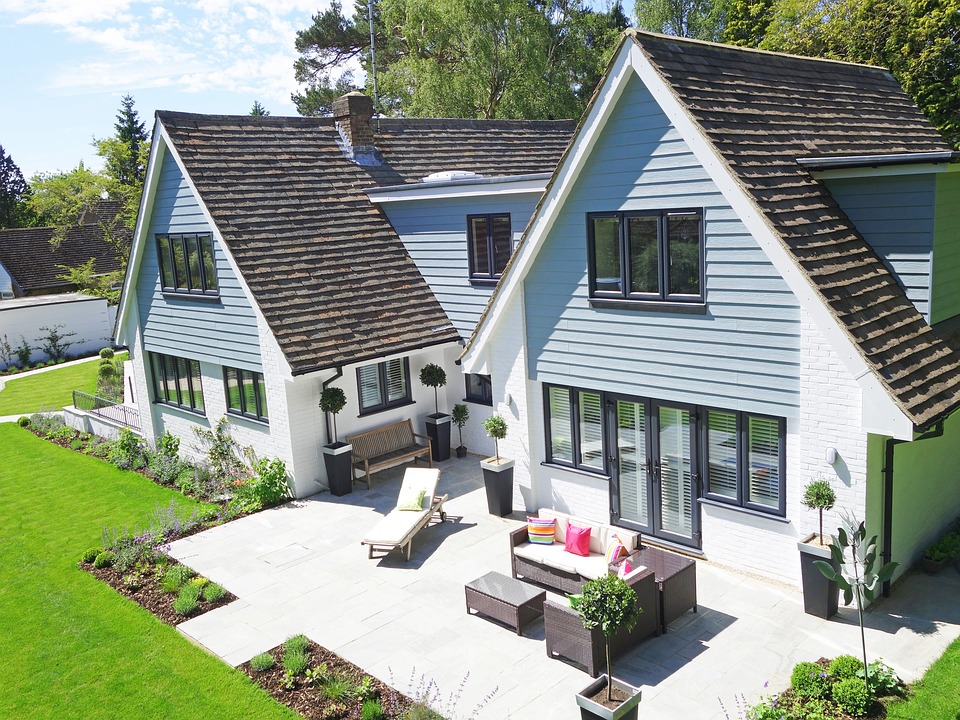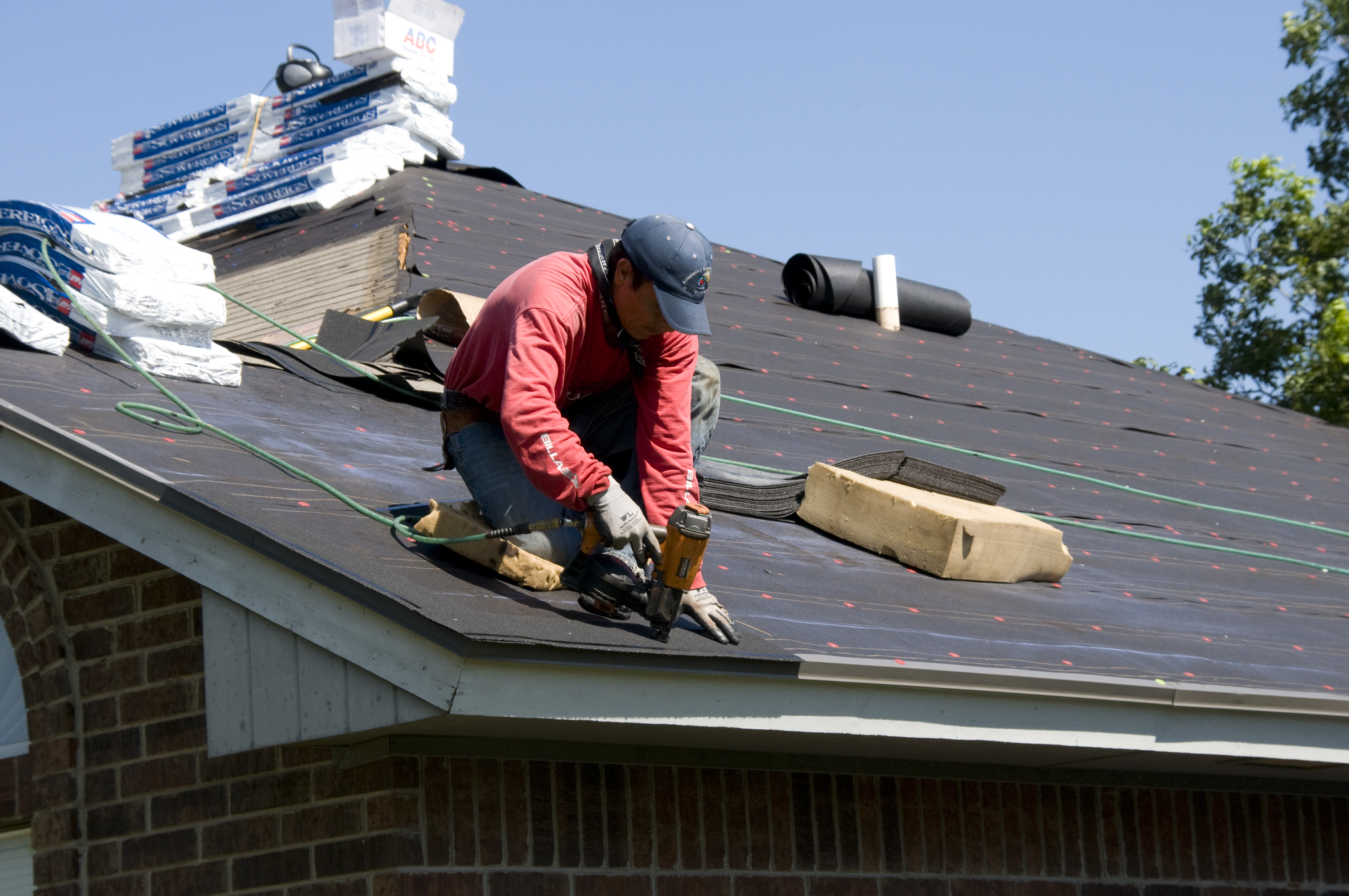A down payment is the amount paid to the seller of a property, usually around 20% of the home’s value, that comes straight from the buyer’s pocket. The amount that you can afford as a down payment will influence a lot of the terms of your mortgage agreement, including interest rates. Those who can afford a higher down payment often experience lower interest rates on their monthly mortgage payments. Lenders are also typically more inclined to work with them, as the higher a down payment is the lower the loan itself is bound to be.
Having fewer funds to go toward the down payment doesn’t mean you’re out of luck, however. There are other options available to you, which we will dive into right now.
Down Payment Options For Home Buyers
This article will focus on four different down payment options: conventional down payments, high-interest low down payments, the use of one’s RRSP, and paying more than 20% of the home’s value.
Down Payments On Conventional Mortgages
Typically, lenders will want to see a down payment of at least 20% of the home’s overall value. Traditional lenders especially, such as banks, will not offer a mortgage exceeding 80% of the home’s value. Making a down payment of 20% also removes the necessity of purchasing a separate mortgage insurance to protect the lender in the event of default.
High-Interest, Low Down Payments
Some lenders will allow you to make a down payment as low as 5% of the home’s overall value. If the amount of your down payment is anything less than 20% of the home’s value, you will be mandated to purchase mortgage insurance. Mortgage insurance protects the lender rather than the borrower, so they don’t sustain a massive loss if the mortgage goes into default.
Mortgage loans acquired after such small down payments typically tack on higher interest rates, as well as the additional cost of this special insurance policy.
Use Of Your Rrsp Use Of Equity
Because of the federal Home Buyer’s Plan, citizens are able to apply for up to $25,000 per person (or $50,000 per couple) in RRSP savings. These savings can then be used to pay the down payment on a home. This tactic does come with some requirements and restrictions, however.
First, the money available in the RRSP has to have been there for at least 90 days, roughly three months. Second, the money is only taxable if it is not repaid within 15 years. Third, you can use the contribution of your RRSP as a tax deduction.
Use Of Equity
If you have equity build up in your other investments or properties, you can probably get a Toronto second mortgage to use as a down payment on your second property.
Down Payments Exceeding 20%
It might seem impossible to pay this much. After all, 20% of a home’s overall value is already a sizable sum! But if you can afford to pay more than the standard 20% required of conventional mortgage agreements, you get to reap the numerous benefits! Your mortgage loan is going to naturally be lower, as will the interest rate attached to it. You get to pay smaller monthly payments and even pay off your mortgage early!
However much you have to spend toward the down payment on a home, chances are there is an option that will get you into a new home.




